Support Us
Since 1979 more than 140,000 animals have been treated by Wildlife Rescue.
Thanks to the support of individuals like you, Wildlife Rescue can provide a lifeline for animals in distress.
So you’ve found a baby bird… now what?
Is the bird hurt? Are there any visible injuries or blood? Is it cold, weak or lethargic? Has it been attacked by a predator? If so, call our Support Centre immediately at (604) 526-7275 for directions on how to safely bring the bird in.
If it is not obviously injured, assessing the age of the bird can help determine the next steps.
Spring is baby bird season! With an abundance of life outside, it is a great time to go birdwatching and enjoy nature’s busy season!
Recently, a wildlife lover came across a Fledgling Common Raven. The sight of the big beautiful bird caught their attention and they stopped to watch for a while. However, the bird started to concern the individual as it seemed as if the bird may be injured. It was hopping on the ground, unable to fly off so the concerned individual caught the corvid and brought it to Wildlife Rescue.
While planting a native flowering garden will provide the best natural source of food for hummingbirds, supplementing with a properly maintained hummingbird feeder can provide additional sustenance to local hummingbirds. However, in order to help and not harm, you must ensure your feeders are properly maintained.
Easter is an exciting time for the re-emergence of plants and wildlife, including the arrival of baby birds.
With more babies comes more danger. Momma birds work hard to keep their babies safe, but living in an urban environment brings a lot of challenges. That is why Spring and Summer is the busiest time at Wildlife Rescue. Every year we admit thousands of nestlings and fledglings in need!
Different species have different methods of keeping their eggs safe. Birds like Bushtits build pendant nests – elaborately woven sacks that dangle from branches, giving the baby birds in the nest great protection from predators. Conversely, some birds aren’t that good at making nests. A nest made by a Pigeons could easily be mistaken for a few misplaced sticks and straw!
During Spring, it’s important to be on the look-out for baby birds and their nests and to avoid disturbing them!
Guess the species these eggs came from!
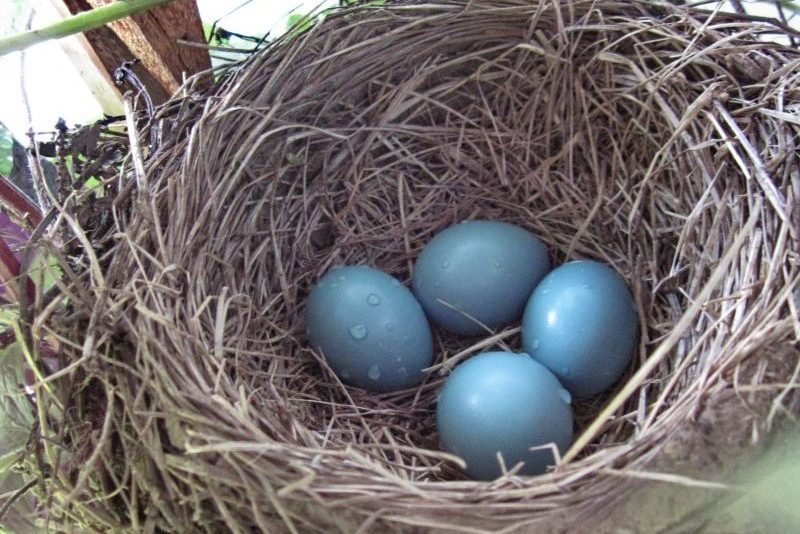 Easter Eggs #1 Hint: These beautiful little blue eggs inspired a colour name! The colouring comes from pigments within the mother’s blood! Talk about putting in blood, sweat and tears into raising your young!
Easter Eggs #1 Hint: These beautiful little blue eggs inspired a colour name! The colouring comes from pigments within the mother’s blood! Talk about putting in blood, sweat and tears into raising your young!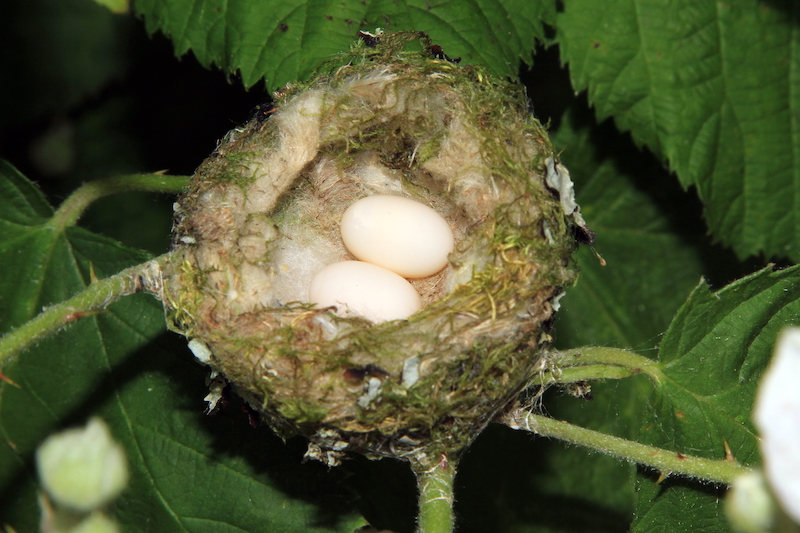 Easter Eggs #2 Hint: This species typically lays two eggs which are about the size of navy beans! They are laid in a soft nest made from plant down and spider webs.
Easter Eggs #2 Hint: This species typically lays two eggs which are about the size of navy beans! They are laid in a soft nest made from plant down and spider webs.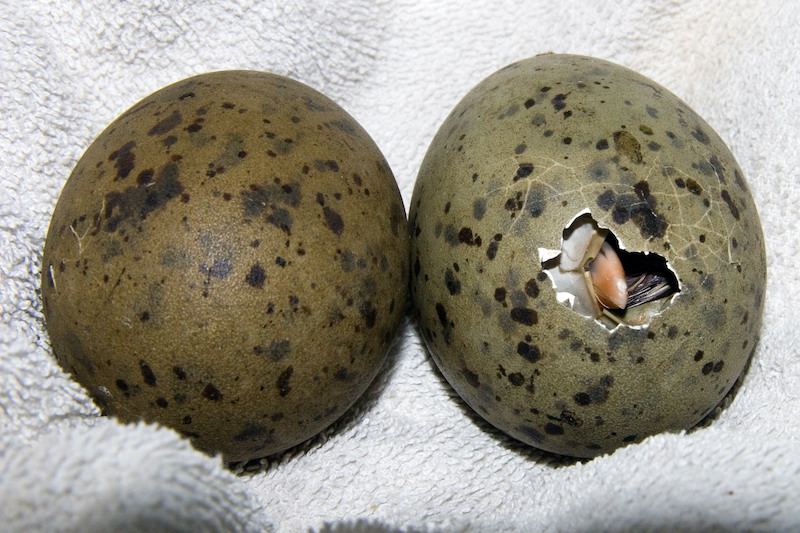 Easter Eggs #3 Hint: These speckled eggs provide great camouflage against the environment of the nest. These chicks are born with their eyes open and are capable of leaving the nest soon after hatching!
Easter Eggs #3 Hint: These speckled eggs provide great camouflage against the environment of the nest. These chicks are born with their eyes open and are capable of leaving the nest soon after hatching!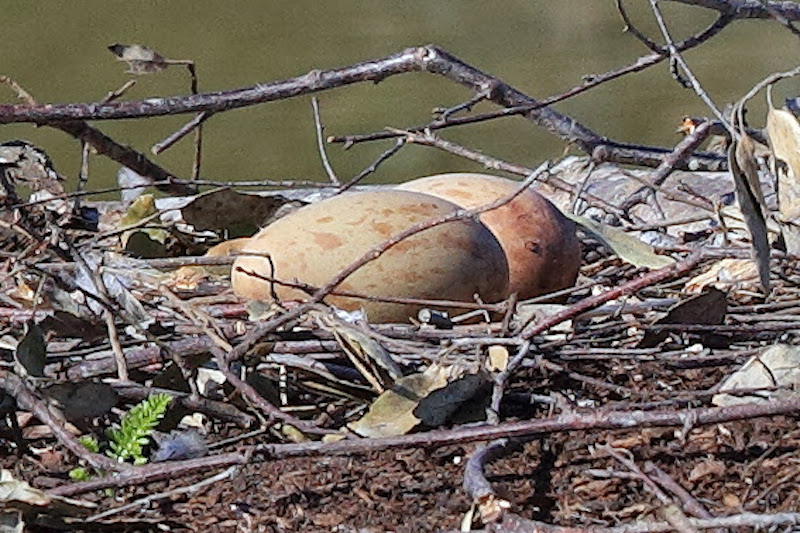 Easter Eggs #4 Hint: These eggs are laid in large nests, typically in wetlands. Once hatched, the offspring will stay with its parents all through the winter, only separating the following spring!
Easter Eggs #4 Hint: These eggs are laid in large nests, typically in wetlands. Once hatched, the offspring will stay with its parents all through the winter, only separating the following spring!.
.
.
.
.
.
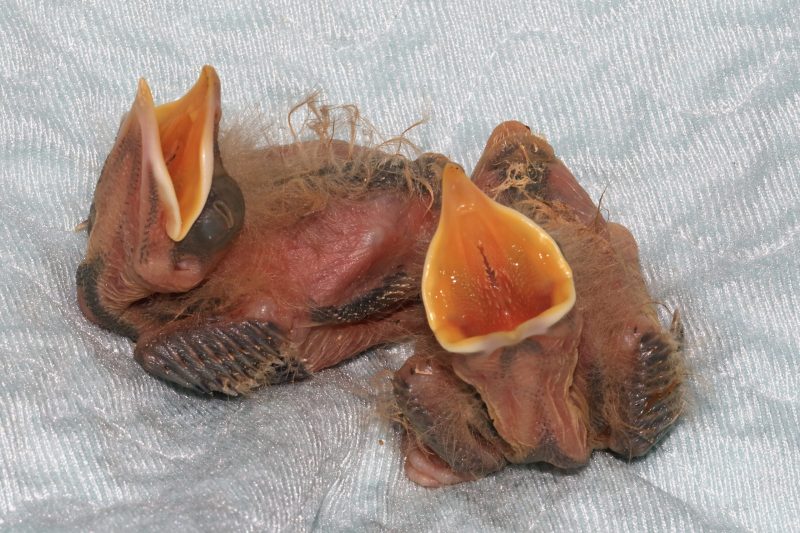 Easter Eggs #1 Answer: American Robins!
Easter Eggs #1 Answer: American Robins!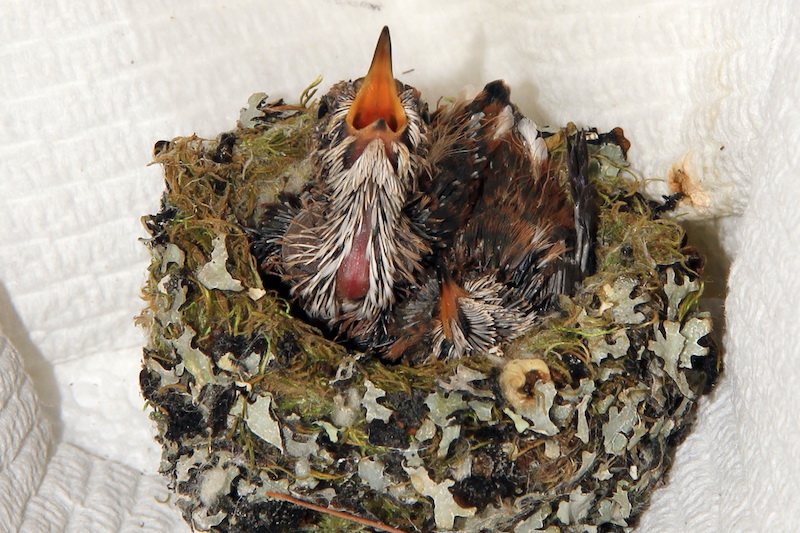 Easter Eggs #2 Answer: Hummingbirds!
Easter Eggs #2 Answer: Hummingbirds!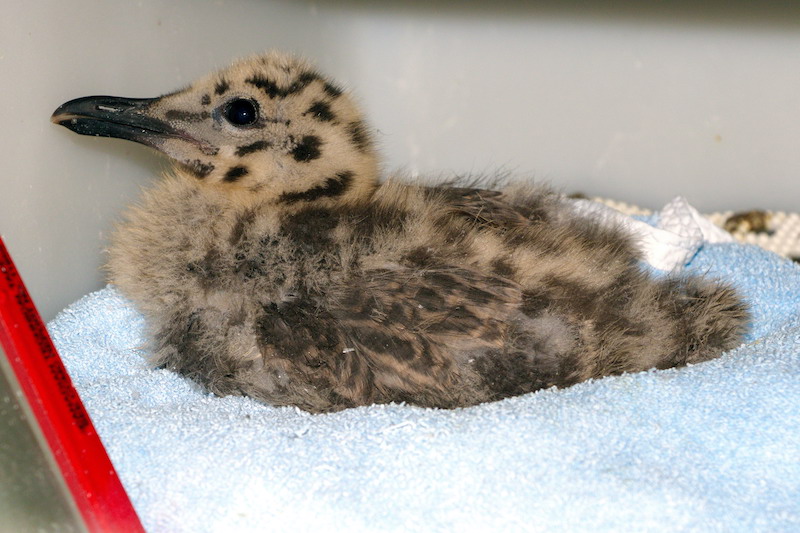 Easter Eggs #3 Answer: Gulls!
Easter Eggs #3 Answer: Gulls!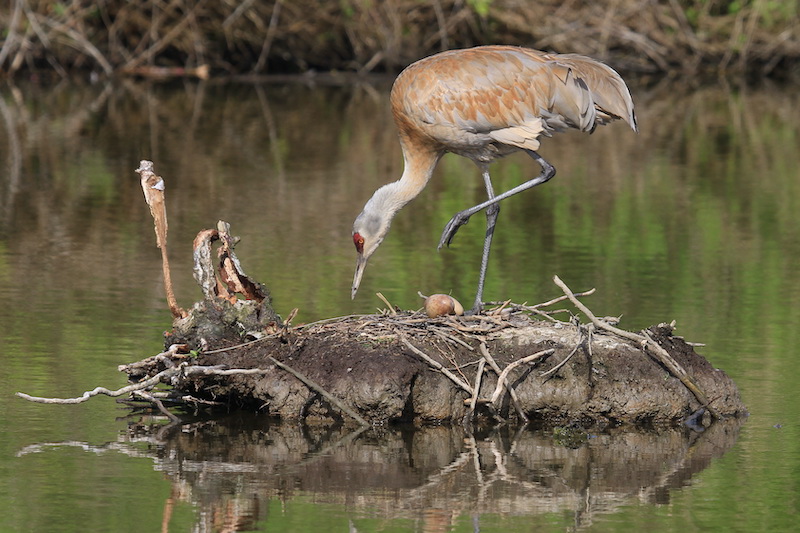 Easter Eggs #4 Answer: Sandhill Cranes!
Easter Eggs #4 Answer: Sandhill Cranes!What are the best techniques for maintaining my hummingbird feeder in the winter? What exactly is torpor and how do I know when a hummingbird is in distress?
Canada Geese mate for life and will return to the same location to nest year after year. The lack of available natural nesting sites has resulted in Canada Geese nesting on rooftops, even in busy urban environments. Here are some commonly asked questions regarding Canada Goose nesting season.
Feeding. Cleaning. Health checks. Feeding. Cleaning. Health checks.
A day in the life of a Wildlife Care Assistant may sound repetitive, but each day brings new challenges that will keep you on your toes, and new inspiration that connects you to nature and animals.
Your main responsibility is to the baby birds – you are there to care for them throughout their development and rehabilitation. The tiniest of babies need to be fed every 15-minutes. So, when you have a room full of babies, it can be an endless circuit of feeding. Yet, somewhere in-between the feeds you need to clean them and their enclosures, and assess their development.
Phone call, after phone call after phone call…our incredibly busy Helpline responds to approximately 28 000 calls per year, with the bulk of them coming in during the busy summer months.
Wildlife Helpline and Rescue Assistants (WHRAs) receive intensive training in natural history and urban wildlife challenges so they can help the thousands of people reaching out to our Helpline find solutions to their unique wildlife situations – from raccoons in the attic to orphaned ducklings walking down a busy street.
Wildlife Rescue is currently admitting record-breaking numbers of Pine Siskins showing symptoms of Salmonella infection. Here are some commonly asked questions regarding this outbreak answered!